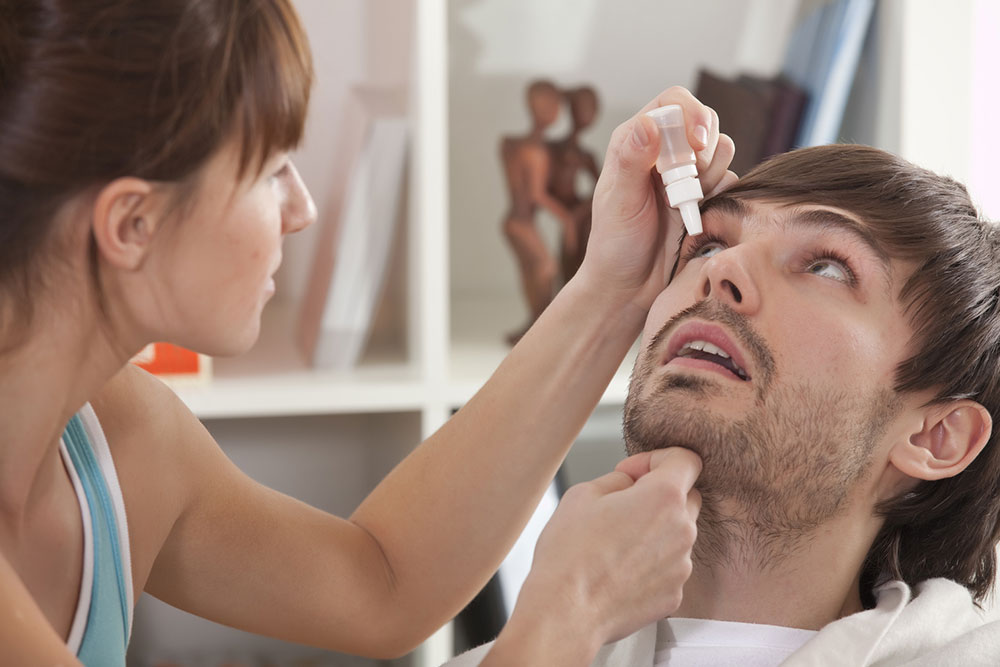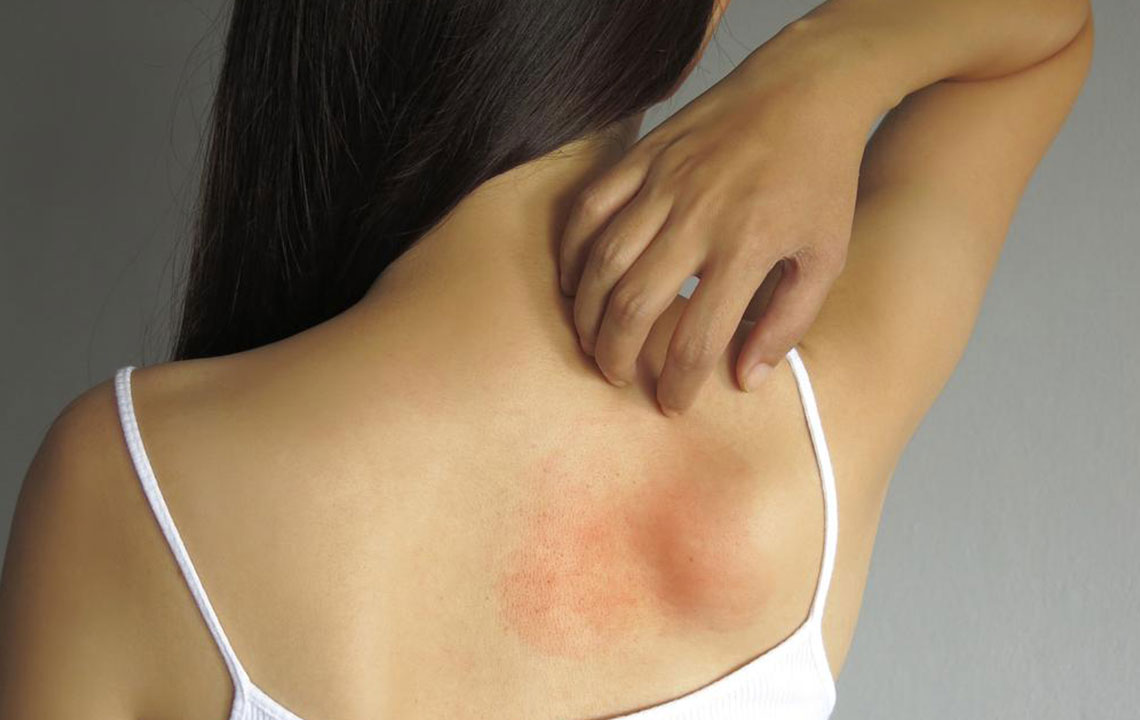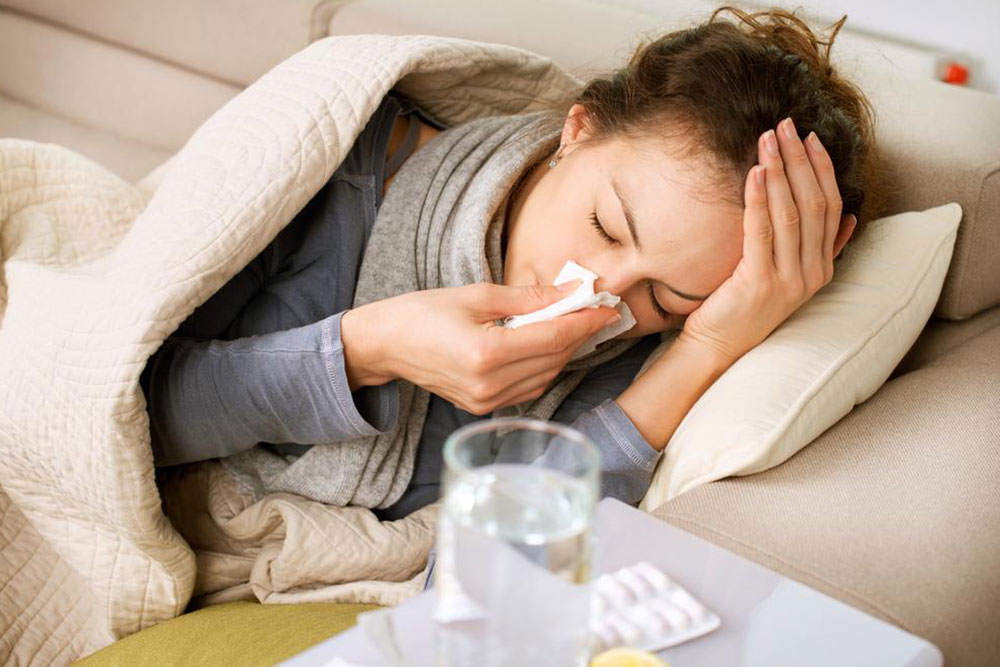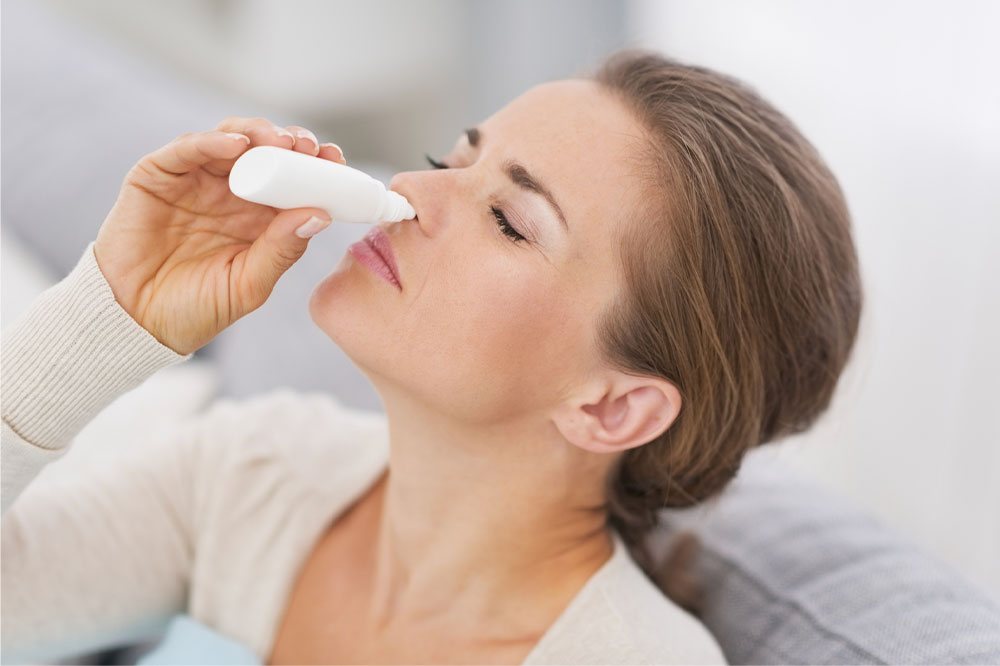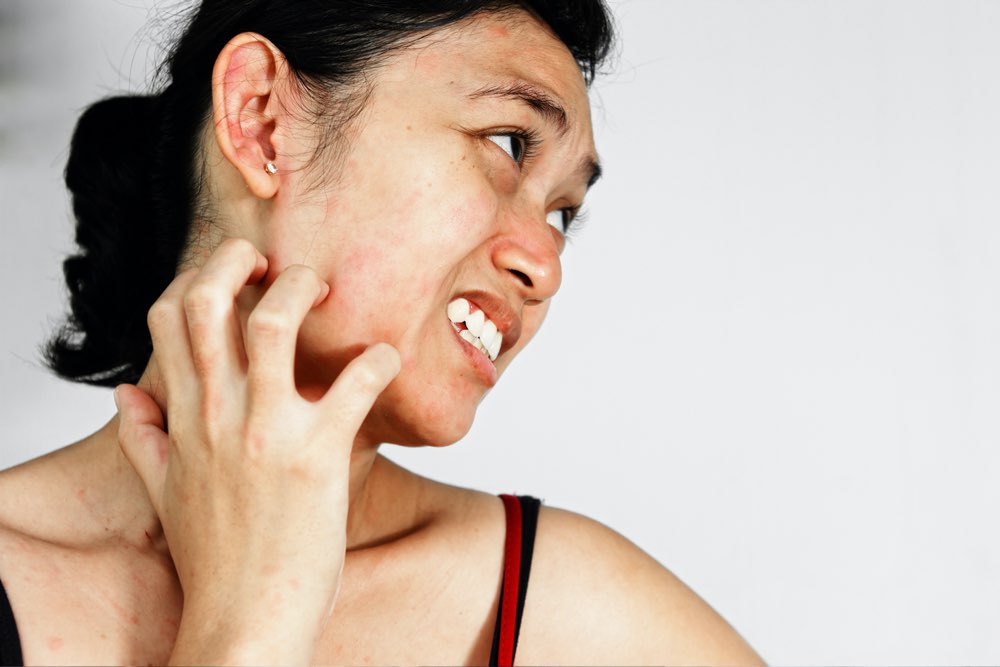Comprehensive Guide to Managing Allergy-Related Watery Eyes and Enhancing Eye Comfort
This comprehensive guide discusses the causes, prevention, and treatment of allergy-related watery eyes. It explains how allergens like pollen, dust, and pet dander affect eye health, providing practical tips for protection and relief. The article covers common related conditions, environmental controls, medication options, and when to seek medical help. Empower yourself with knowledge to manage symptoms effectively, reduce discomfort, and maintain healthy, clear vision throughout the year. Learn natural remedies and lifestyle changes to enhance eye comfort and prevent chronic issues.
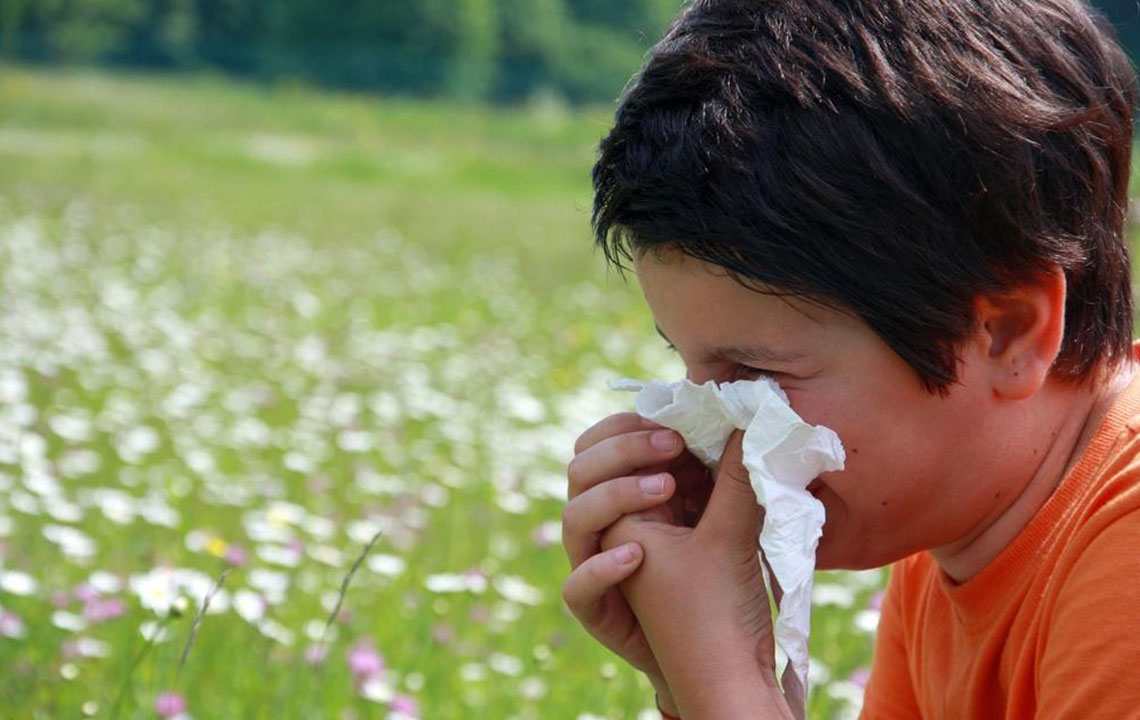
Understanding and Managing Allergy-Induced Watery Eyes
Eyes are among the most sensitive parts of the body, directly exposed to the environment and consequently prone to reacting swiftly to various allergens. One of the most common and bothersome allergic reactions affecting the eyes is excessive tearing, often accompanied by redness, itching, irritation, and a burning sensation. These symptoms not only cause discomfort but can also impair vision and daily activities if not properly managed. Understanding the underlying causes, triggers, and effective prevention and treatment strategies is crucial for individuals suffering from allergy-induced watery eyes.
Allergic reactions affecting the eyes are typically temporary but can vary in severity. They are often linked to seasonal changes, environmental exposures, or specific household substances. Seasonal allergens such as pollen, mold spores, and outdoor pollutants tend to cause symptoms during specific times of the year. For example, pollen levels surge during spring and autumn, leading to hay fever symptoms, including itchy, watery eyes. Common perennial allergens include dust mites, pet dander, mold, and household chemicals, which can cause persistent allergic conjunctivitis throughout the year.
The eye’s natural response to irritants involves tear production as a cleansing mechanism. Tears help flush out irritating particles and pathogens, which is why watering occurs during allergic reactions. The eyes are connected to the nasal cavity via the tear ducts, making them susceptible to reactions triggered by viruses, pollen, or other airborne allergens. When exposed to allergens, the immune system releases histamines that cause blood vessels in the conjunctiva (the outer eye membrane) to swell and produce excess tears, resulting in watery eyes.
Understanding the common conditions associated with allergy-induced watery eyes can help in recognizing symptoms early and seeking appropriate treatment. Hay fever, or allergic rhinitis, is a leading cause, characterized by sneezing, nasal congestion, and watery, itchy eyes that intensify during high pollen seasons. Conjunctivitis, also called pink eye, involves inflammation of the conjunctiva, leading to redness, swelling, itching, and excessive tearing. This condition can be caused by allergies or infections and requires different management approaches. Other illnesses such as the common cold and influenza can also cause watery eyes, often accompanied by symptoms like sore throat, cough, fever, and fatigue. Sinusitis, an inflammation of the sinuses, can worsen allergy symptoms, and its proximity to the eyes often results in watery, irritated eyes due to sinus pressure and inflammation.
Proactive measures are essential to prevent and reduce allergy symptoms. Protective eyewear, such as sunglasses or prescription glasses with UV protection, serves as a barrier against airborne allergens like pollen and dust. Keeping windows closed during high pollen seasons and using fine mesh screens on ventilation openings can significantly reduce indoor allergen levels. Regular cleaning plays a vital role in allergen control: washing bedding, curtains, and pillowcases frequently helps eliminate dust mites and pet dander. Maintaining a clean living environment minimizes exposure to indoor allergens. Using dehumidifiers reduces indoor humidity, discouraging mold growth, which is a common perennial allergen. In addition, vacuuming with HEPA filters and damp dusting can reduce airborne particles that trigger eye allergies.
For individuals experiencing persistent or severe symptoms, over-the-counter or prescription medications can provide relief. Antihistamines are commonly used to counteract the body's allergic response, reducing itching, swelling, and watering. Corticosteroid eye drops may be prescribed for severe conjunctivitis to decrease inflammation. Immunotherapy, such as allergy shots, can help desensitize the immune system over time, providing long-term relief. It is vital to consult a healthcare professional before starting any medication, especially if side effects occur or if alternative treatments are necessary. Additionally, if the eyes become overly irritated or if symptoms persist despite usual remedies, seeking medical advice is crucial to rule out infections or other underlying conditions.
In the case of immediate relief, rinsing the eyes with cold, clean water or using artificial tears can help flush out allergens and soothe irritation. Applying cold compresses over closed eyelids can also reduce swelling and discomfort. Nonetheless, ongoing or recurrent symptoms should not be ignored, as untreated allergies may lead to more significant eye problems, including infections or chronic conjunctivitis. In some cases, medical professionals may recommend allergy testing to identify specific triggers and develop a personalized management plan.
In summary, allergy-induced watery eyes are a common but manageable condition. By understanding the triggers, implementing preventive measures, and seeking suitable medical treatment, individuals can significantly improve their eye comfort and overall quality of life. Lifestyle modifications combined with appropriate medication and environmental control form the foundation of effective allergy management. Educating oneself about allergen avoidance and early intervention strategies can prevent worsening symptoms, enabling affected individuals to enjoy outdoor activities and daily routines without unnecessary discomfort.
